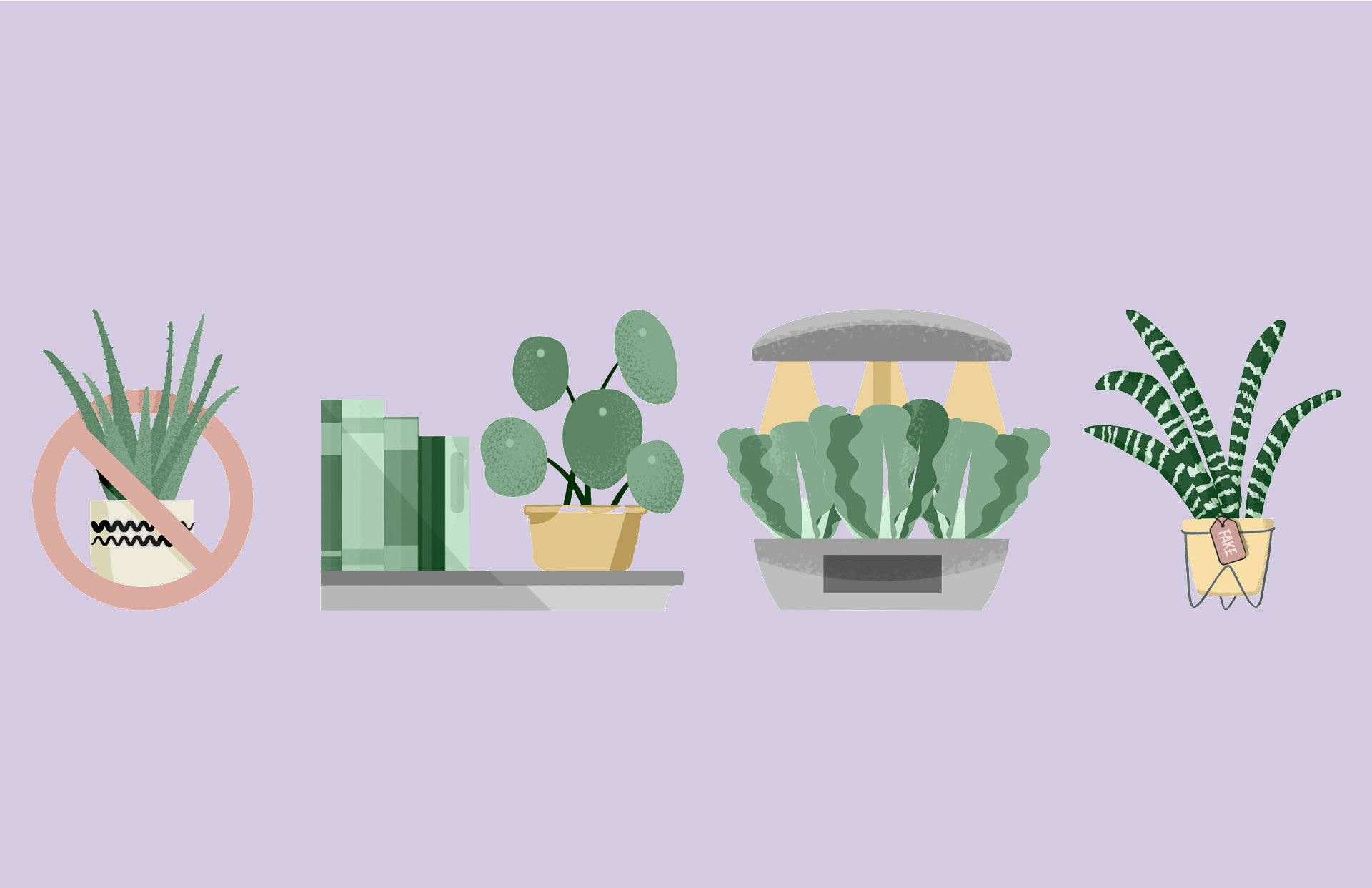Research from the National Institutes of Health (NIH) found interacting with house plants can help lower a person’s blood pressure, calm their nervous system, and promote a general feeling of well-being. Who doesn’t want that? In recent years, the popularity of growing plants at home has soared. The Royal Horticultural Society (RHS) in London has reported a 10-15% year-on-year increase across the industry in houseplants since 2013, driven largely due to the doubling of foliage plant sales. These are those decorative, colorful plants with funky, interesting leaves that you’ve no doubt seen when scrolling through your social media feeds.
Like many, last year I decided I wanted to fill my apartment with plants. Since I was working from home, most of my days were spent indoors. In late summer, when Northern California was dealing with horrible wildfires, there were weeks were going outside wasn’t even an option due to extremely poor air quality. It was really appealing to try to bring some of the outside inside and have a bit of greenery in my life.
However, I wanted to be sure I took the necessary precautions to keep my two house rabbits safe. The last thing in the world I wanted was to end up at the emergency vet for a perfectly preventable problem. Rabbits are very curious creatures and want to explore anything new in their environment. My two rabbits in particular haven’t met a new item they don’t want to chomp!
If you’re also a rabbit guardian thinking about taking the leap into plant parenthood, here are four things I found out that are worth considering before making your home a temptingly delicious, lush, and green jungle for your bunnies.
By taking some extra safety precautions on behalf of your rabbit companion(s), you’ll be ready to buy that “Plant Parent” shirt off Etsy and head to your local nursery to start your plant journey in no time!
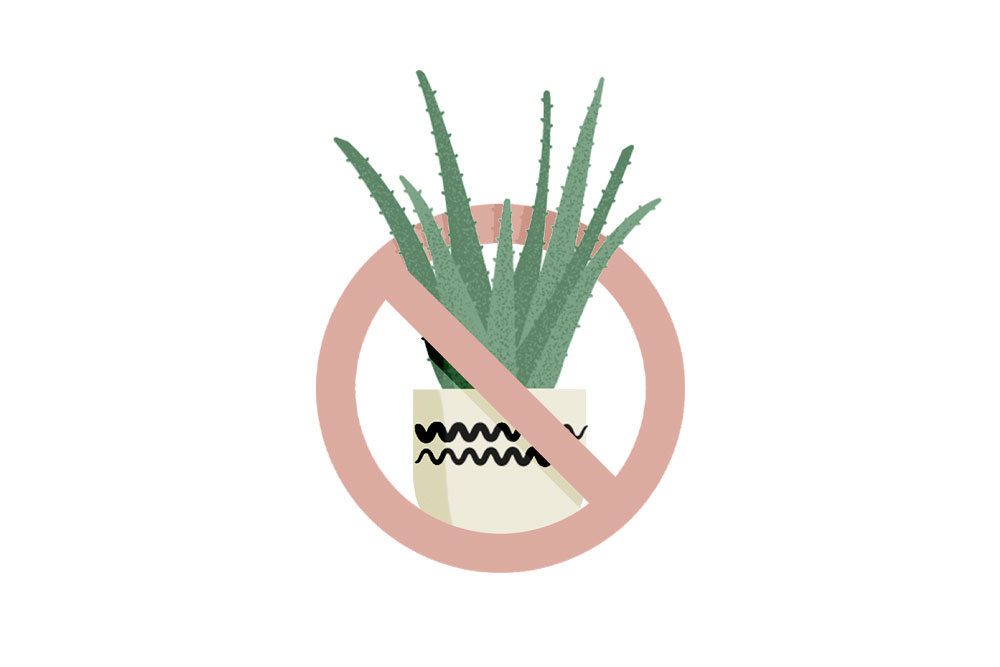
Get plants that aren’t toxic to rabbits
Poisonous plants can vary between animals. Don’t assume a plant is safe for a rabbit if another animal can eat it without any problems. Some common plants and flowers that are toxic to rabbits include agave, daffodils, irises, lily-of-the-valley, ranunculuses, and tulips. Visit houserabbit.org/poisonous-plants for a list of toxic plants. If you aren’t sure whether a plant is safe for rabbits, a good rule to follow is when in doubt, just don’t bring it home!
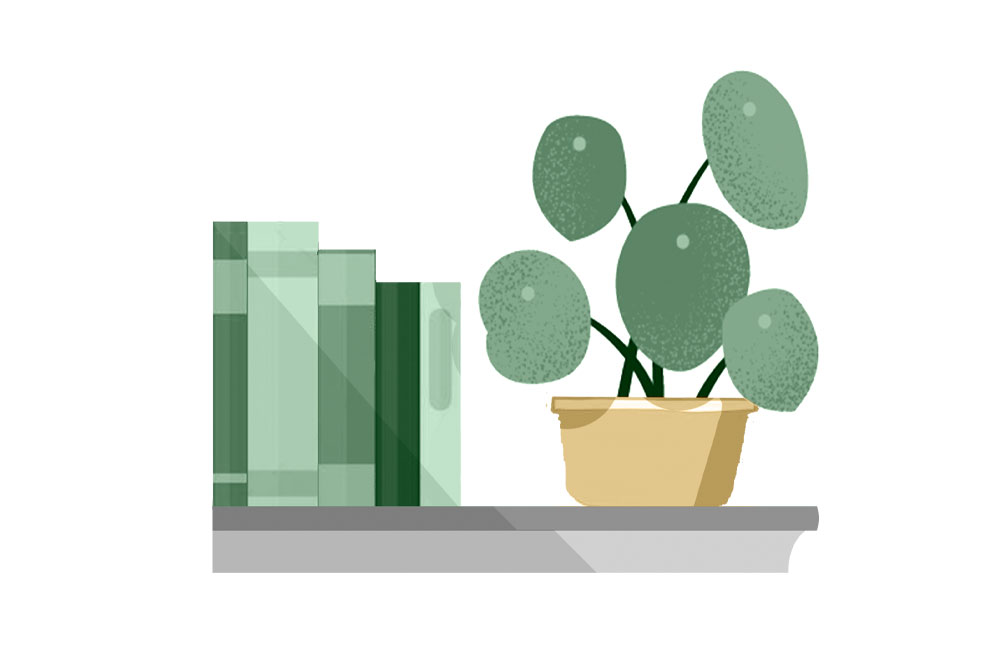
Be mindful of where you place plants
I would absolutely love to put plants on cool-looking stands throughout my apartment to keep them up high and away from my rabbits. However, I know my rabbit Pepper, the most mischievous rabbit I’ve ever met, would just tip them over and then feast on their remains. This has forced me to put plants up high on countertops and bookcases. I also like having small succulents on my nightstand and dresser.
Besides placing plants in areas your rabbit doesn’t have access to, think about hanging plants too. Just make sure to regularly prune your plants so that none of the leaves fall to the ground and become an unexpected snack for your rabbit.
If you look around your home, I’m sure you’ll find plenty of crevices and other little areas you can put a plant—or two!
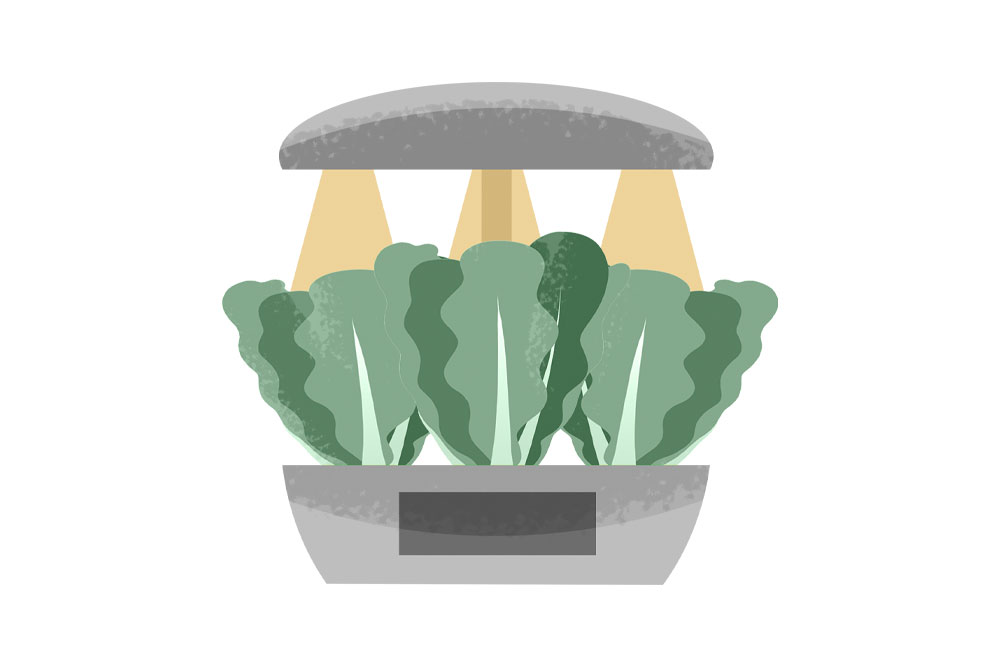
Get plants and veggies rabbits love
Give yourself complete peace of mind and grow rabbit-safe vegetables and herbs at home. Not only will it look great but you won’t have to worry about where you place them and if rabbits can get to them or not. Cilantro, basil, dill, mint, parsley, sprouts, and wheatgrass are all great options to try growing indoors at home. There are great indoor gardening kits you can purchase for relatively decent prices, and some even come with LED grow lights to help speed up growth. There are fun sprout and wheatgrass trays and carts you can buy too. I’ve grown red lettuce, parsley, basil, and dill at home, which made my kitchen smell amazing. It was also nice to have vegetables I knew were completely safe to give my rabbits and free from possible RHDV2 contamination.
Visit houserabbit.org/rhdv to learn more about the potential risk feeding produce may present to rabbits since the virus is currently spreading in areas where produce is commercially grown.
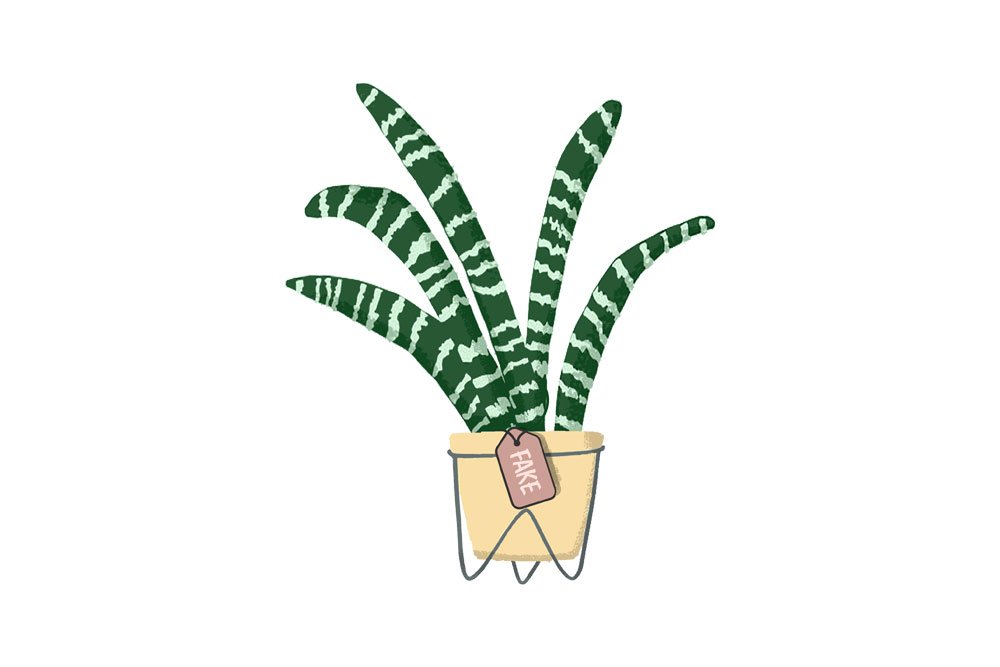
There’s nothing wrong with artificial plants!
If you decide to just decorate your house with artificial plants, it will certainly make your life easier. Then you don’t have to worry about unintentionally creating a buffet for your rabbit, or checking toxic plant lists, or strategically thinking about where to place plants. Bonus: you don’t have to worry about remembering to water artificial plants either! Artificial plants have come a long way since the awful-looking ones from the 80s and 90s, and now you can find good quality ones that look very realistic.
You can also get your plant fix simply by visiting your local botanical garden or following a few plant influencers (yes, that’s a thing) on Instagram and TikTok.
Reviewed by HRS staff
Author: Larissa ChurchPhoto Credit: Craig Church
Journal Issue: House Rabbit Journal, Winter 2021
